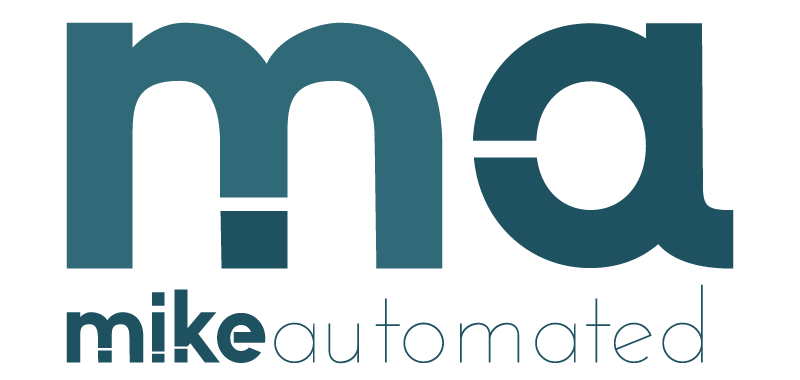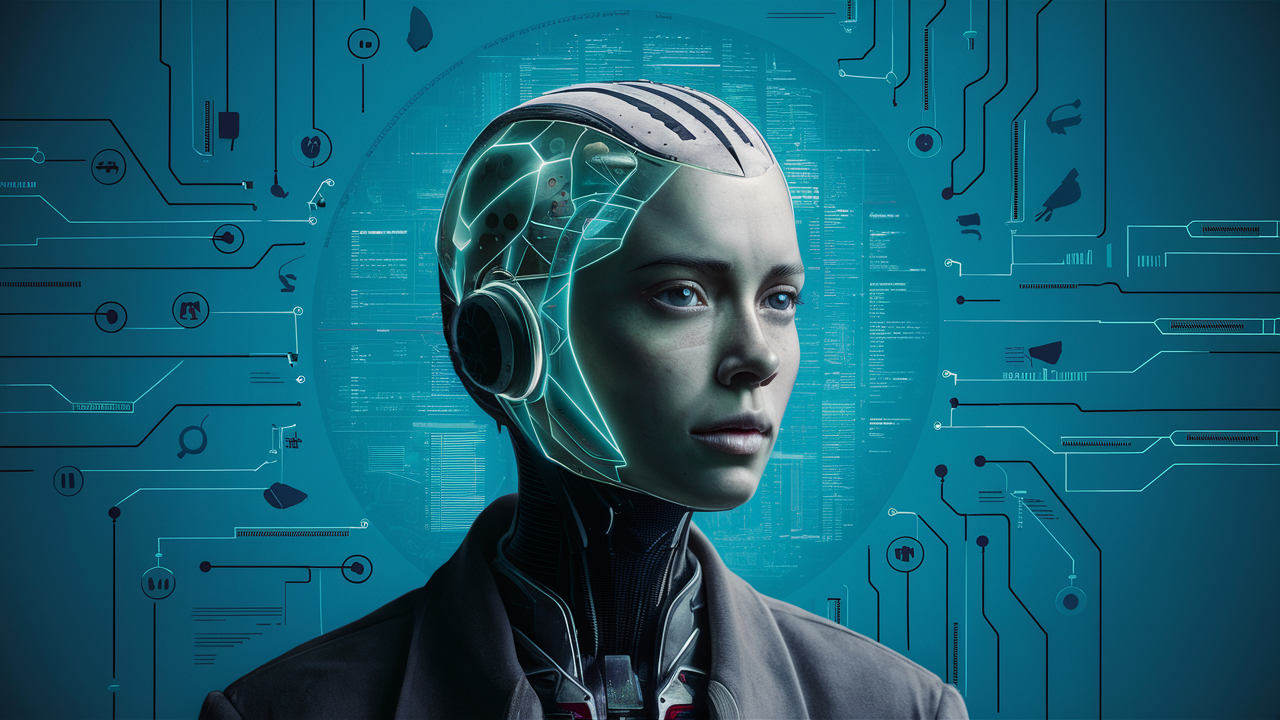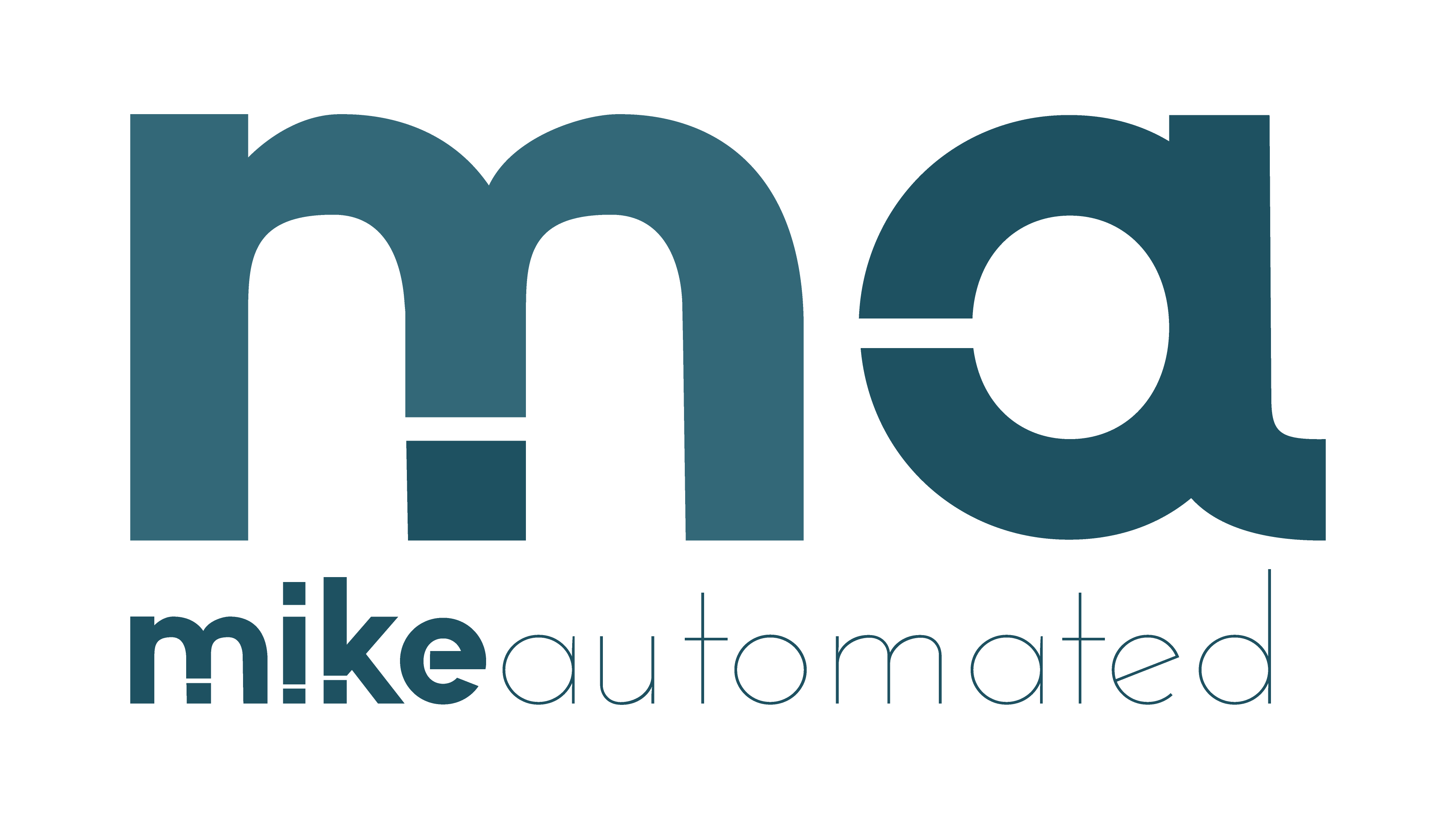TL;DR:
- AI is transforming art, media, and communication through innovation and automation.
- Artists and creators are using AI tools to enhance creativity and produce unique content.
- AI personalization is reshaping how media platforms engage audiences.
- Ethical concerns about AI in culture include authorship, bias, and societal impact.
- The future of AI lies in collaboration between humans and machines to expand cultural boundaries.
The Impact of AI on Culture
Artificial intelligence (AI) is revolutionizing how we engage with art, media, and communication. This technological shift challenges traditional notions of creativity while introducing new opportunities to expand cultural expression. By blending machine learning, natural language processing (NLP), and other emerging technologies, AI is reshaping the creative landscape.
How AI Influences Artistic Creation
AI has become a powerful tool for artists, acting as both a collaborator and an independent creator in the artistic process. With machine learning algorithms, AI systems can generate complex patterns, compose music, or even create visual art that challenges human-made works.
Examples of AI in Art
Generative Adversarial Networks (GANs): GANs are widely used to create striking visuals. For instance, programs like DeepArt and Runway ML allow users to transform photos into surreal, AI-generated artwork.
AI in Music: Tools like OpenAI’s MuseNet can generate multi-instrument compositions in a variety of styles, blurring the lines between human and machine composers.
AI systems are not just mimicking human creativity—they are forging entirely new aesthetics. A relevant visual example could be an infographic showing the step-by-step process of how GANs learn to create images, helping readers visualize this collaboration.
Media’s Transformation Through AI
The media landscape is seeing rapid changes due to AI-powered personalization and content creation. Platforms like Netflix and Spotify use AI to predict user preferences, delivering a curated experience that keeps audiences engaged.
Key Benefits of AI-Powered Media
- Personalized Recommendations: Media platforms analyze user data to provide customized suggestions, increasing user satisfaction.
- Automated Content Production: AI systems like GPT-4 can generate high-quality written content, from news articles to film scripts, quickly and efficiently.
- Interactive Experiences: Chatbots, virtual assistants, and AI-infused storytelling bring interactivity to the forefront.
By integrating AI into media production and delivery, companies can better cater to the needs of their audiences, leading to more impactful cultural experiences.
AI and Communication: Breaking Barriers
AI is significantly enhancing the way people communicate globally. From real-time language translation to sentiment analysis in customer support, AI tools are bridging gaps and making interactions more efficient.
Examples of Communication Enhancements
Language Translation: AI-powered tools like Google Translate enable seamless conversations between individuals speaking different languages, fostering global connectivity.
Chatbots: Businesses are increasingly adopting AI-based virtual assistants to handle customer queries, improving response times and user satisfaction.
AI also plays a critical role in social media. Platforms like Twitter and Facebook use machine learning to detect fake news, moderate content, and tailor feeds to individual interests. While effective, such systems also raise questions about algorithmic bias.
Ethical Questions Surrounding AI in Culture
Despite its advantages, AI’s influence on culture raises ethical concerns. Issues such as authorship, intellectual property, and societal consequences need active consideration.
Major AI-Related Ethical Challenges
- Authorship and Credit: When AI creates a piece of art, who owns it—the programmer, the AI, or the one who trained it?
- Bias in AI Systems: AI may inadvertently reinforce social biases present in training data, affecting both art and communication.
- Job Displacement: Automation risks reducing demand for certain creative roles, leading to wider societal impacts.
As we move forward, addressing these issues will be crucial to ensuring that AI remains a force for cultural enrichment rather than disruption.
The Future of AI and Culture
The relationship between AI and culture is still evolving. While AI will never fully replace human creativity, its role as a collaborator is undeniable. By working alongside AI, creators can explore new territories in art, media, and communication.
The future may see more sophisticated AI tools that allow humans to focus on higher-order tasks while machines handle repetitive or technical processes. Imagine a world where personalized AI assistants help individuals curate their own cultural experiences, from designing unique digital art to composing personalized music.
Final Thoughts
AI’s role in culture opens vast possibilities for innovation but also demands responsible implementation. Society must balance the benefits of AI technology with ethical considerations to ensure it enhances rather than detracts from human creative potential. By fostering collaboration between human and machine, we can redefine the boundaries of culture, embracing a future shaped by both tradition and technology. Stay informed, explore creative AI tools, and become part of this exciting transformation.



